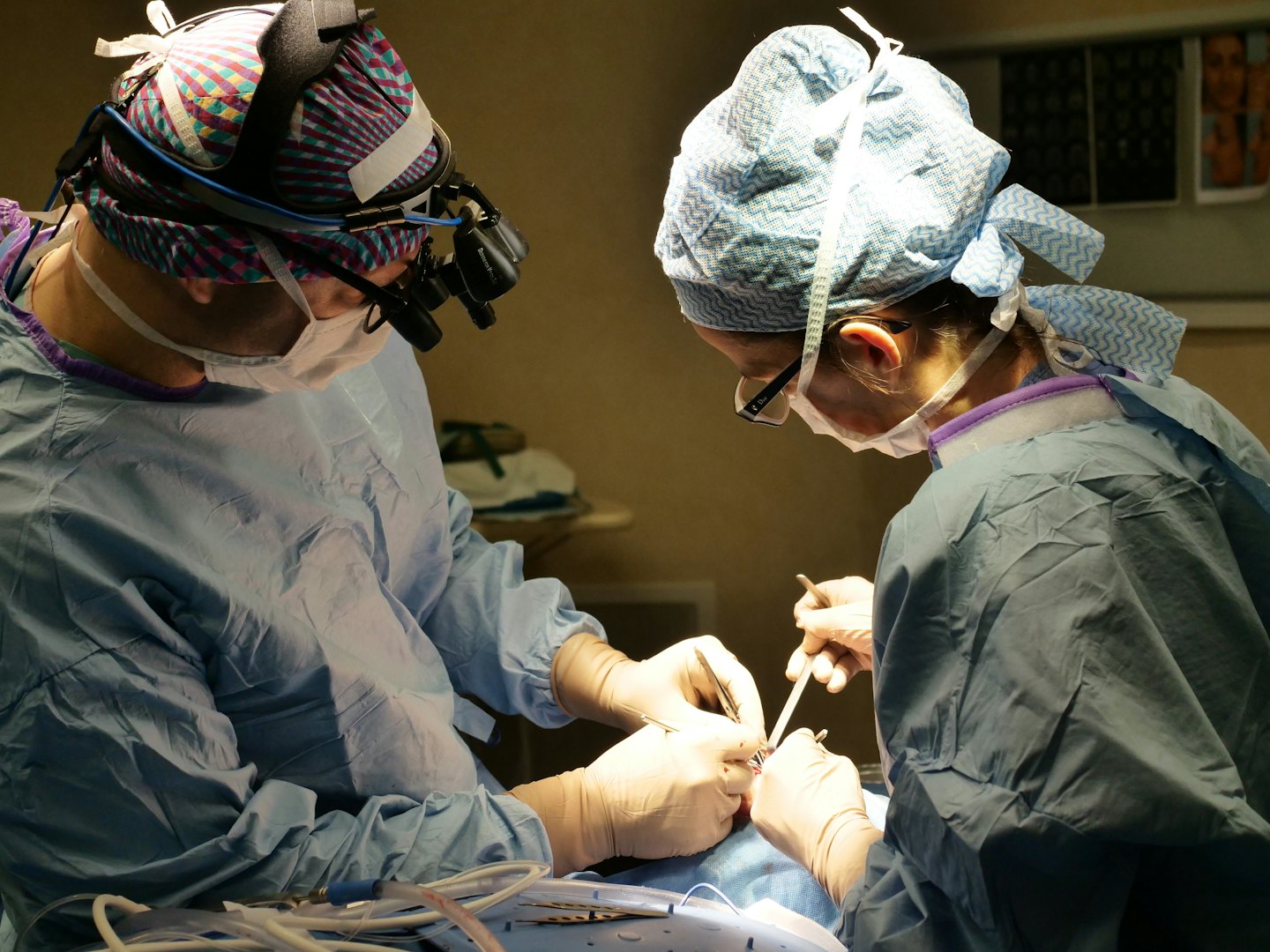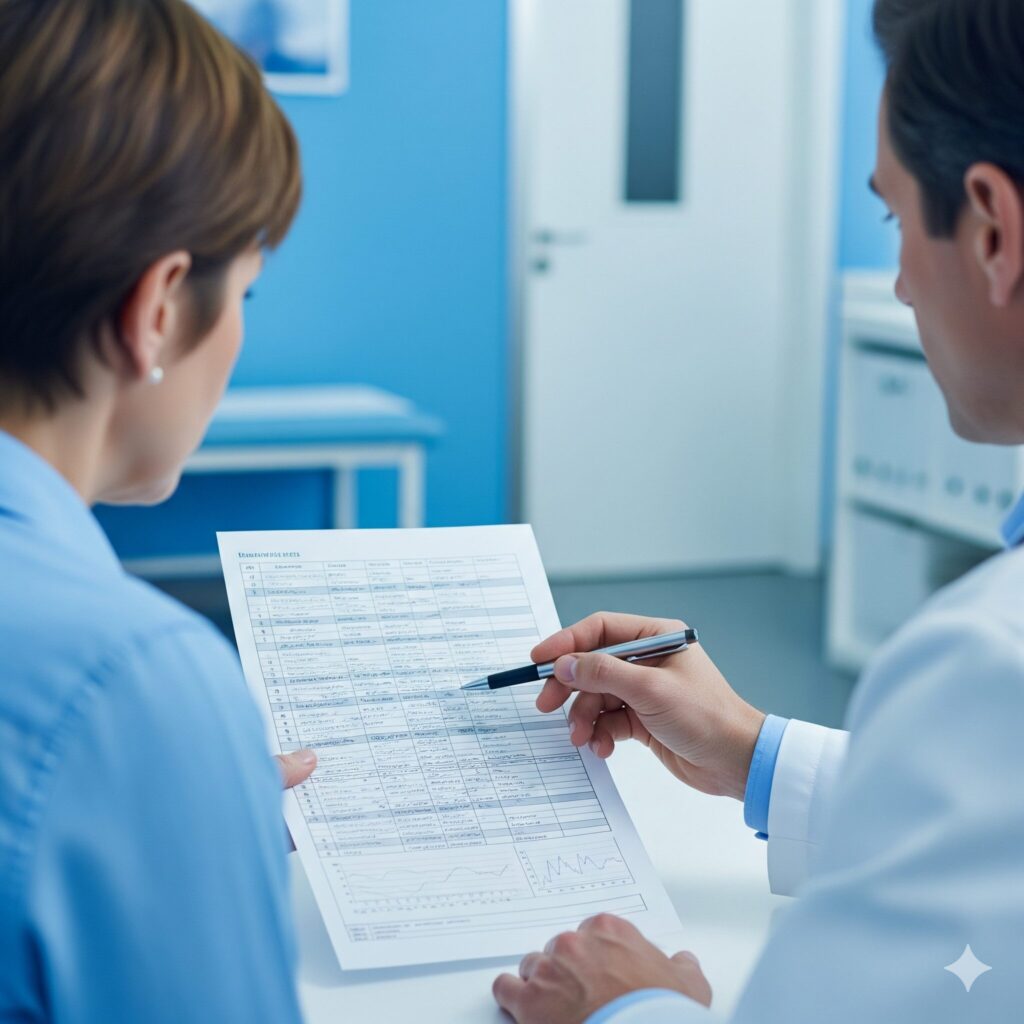Interstitial Cystitis (Bladder Pain Syndrome) Evaluation at Southland Urology
Interstitial cystitis (also known as bladder pain syndrome) is a chronic condition that causes pain, pressure, and discomfort in the bladder and pelvic area. While its exact cause is unknown, it’s important to know that it is not an infection and does not respond to antibiotics. The symptoms can vary from person to person and may include a frequent and urgent need to urinate. Treatment is aimed at managing these symptoms and can involve a variety of approaches, from diet changes and physical therapy to medications and other medical procedures.
The board-certified urologists at Southland Urology will take the time to evaluate, diagnose, and treat your interstitial cystitis symptoms. If you have any questions or would like schedule an appointment, please call our offices in Fullerton or Yorba Linda at (714) 870-5970.

Advanced Treatments
Our expert surgeons use non-surgical and surgical management options for the various causes of painful bladder.

Personalized Plans
We tailor your care to your unique diagnosis for optimal health and recovery.

Comprehensive Diagnostics
Accurate testing and evaluation to pinpoint the cause of your painful bladder.
Understanding Interstitial Cystitis Evaluation
Learn about our tailored approach to diagnosing and treating painful bladder with compassionate support every step of the way.
Initial Consultation and Diagnosis
Meet with our board-certified urologists to assess your condition through thorough exams and advanced diagnostic tests.
Personalized Treatment Planning
Work closely with our specialists to develop a treatment strategy that fits your specific issue and goals.
Ongoing Care and Support
Receive expert follow-up care, monitoring, and support to ensure the best possible outcomes throughout your recovery.
Understanding Interstitial Cystitis (Bladder Pain Syndrome)
Interstitial cystitis (IC), also known as bladder pain syndrome (BPS), is a chronic condition that causes persistent pain, pressure, and discomfort in the bladder and pelvic area. It is not an infection, and unlike a urinary tract infection (UTI), it does not respond to antibiotics. The symptoms can vary widely from person to person, ranging from mild discomfort to severe, debilitating pain. IC can have a significant impact on a person’s quality of life, affecting their work, social activities, and sleep. The symptoms often come and go, with periods of remission followed by painful “flare-ups.”
Causes
The exact cause of interstitial cystitis is not fully understood, but researchers believe it is likely a combination of multiple factors. One leading theory suggests there may be a defect in the protective lining of the bladder, called the epithelium, which allows toxic substances in the urine to irritate the bladder wall. Other possible contributing factors include a problem with the pelvic floor muscles, an autoimmune reaction where the body’s immune system attacks the bladder, nerve signal abnormalities, or a history of recurrent bladder infections. IC is more common in women than in men, and it is also often associated with other chronic pain disorders like irritable bowel syndrome (IBS) and fibromyalgia.
Symptoms and Diagnosis
Symptoms of IC can mimic a UTI and include chronic pelvic pain, pressure in the bladder, an urgent and frequent need to urinate, and pain during sexual intercourse. To diagnose IC, a healthcare provider will first conduct a thorough evaluation to rule out other conditions with similar symptoms, such as a UTI, kidney stones, or bladder cancer. Diagnostic tests may include a urinalysis to check for infection, a bladder diary to track urination patterns, and a physical examination. A procedure called a cystoscopy may also be performed, which involves a doctor inserting a thin camera into the bladder to look for abnormalities or signs of inflammation.
Treatment
There is no one-size-fits-all cure for IC, and treatment is focused on managing symptoms and improving a person’s quality of life. Many people find that a combination of different therapies is most effective.
Non-Surgical Treatment Options
- Lifestyle and Diet Modifications: Many people with IC find that certain foods and drinks act as triggers for their symptoms. Common triggers include coffee, alcohol, citrus fruits, spicy foods, and carbonated beverages. An elimination diet can help identify which foods to avoid.
- Physical Therapy: Specialized pelvic floor physical therapy can help ease painful muscle spasms and improve bladder function.
- Oral Medications: Various medications can be prescribed to help with pain and urinary symptoms. This can include over-the-counter pain relievers, prescription oral medications that help repair the bladder lining, and antidepressants that can help with both pain and sleep.
- Bladder Instillations: This is a procedure where a doctor fills the bladder with a special medication solution, which is held for a period of time and then drained.
- Nerve Stimulation: This treatment uses mild electrical pulses to stimulate nerves that control bladder function and can help relieve pain and urgency.
Surgical Treatment Options
Surgery: Surgery is typically a last resort for IC and is only considered for severe cases where other treatments have failed. Procedures may include bladder augmentation (making the bladder larger) or, in rare and extreme cases, bladder removal.
Bladder Distention (Hydrodistention): This procedure involves stretching the bladder by filling it with a sterile liquid while the patient is under anesthesia. It can temporarily relieve symptoms by increasing bladder capacity and interfering with pain signals.
Botox Injections: In some cases, botulinum toxin (Botox) can be injected directly into the bladder wall to help relax the muscle and relieve pain and urgency.

Schedule Your Consultation Today
Take the first step toward personalized bladder pain evaluation with our expert team.
